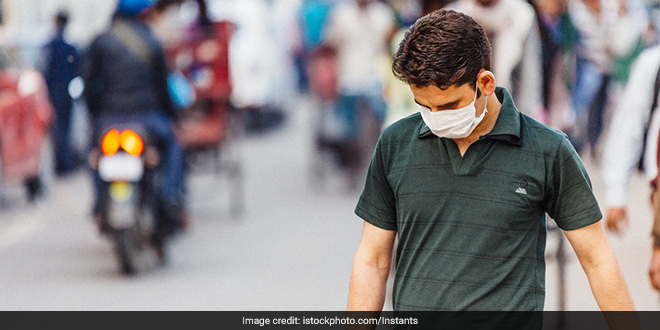Highlights
- According to CPCB, PM10 climbed to 412 micrograms per cubic metre on Dec 1
- The last time the level of PM10 was this high was on November 14
- SAFAR predicted that concentration of PM2.5, more harmful
New Delhi: Air pollution in Delhi rose on December 1 and returned to levels recorded immediately after the severe smog episode last month, according to the Central Pollution Control Board’s (CPCB) data. The concentration of suspended particulate matter PM10 climbed to 412 micrograms per cubic metre (ug/m3) during the day. PM2.5 was recorded over 200 ug/m3.
The last time the level of PM10 was this high was on November 14, when Delhi had just come out of a week-long spell of emergency levels of pollution.
The 24-hour safe averages of these ultrafine particulates are 60 (PM2.5) and 100 (PM10).
The CPCB attributed the rise in the air pollution level to calm conditions marked by a fall in wind speed and incursion of moisture in the air, conditions which favour accumulation of particulates.
The air quality index (AQI) of CPCB for Delhi was in the ‘very poor’ category with a score of 343 in a scale of 500.
The Centre-run pollution monitoring and forecasting agency SAFAR predicted that concentration of PM2.5, more harmful owing to its extremely tiny size, and PM10 may rise over the weekend.
However, weather scientists have emphasised that the city is not likely to witness another emergency spell of pollution in the near future as external factors such as stubble burning are hardly playing a role anymore.
A “very poor” AQI essentially means that people may suffer from respiratory illness on prolonged exposure to such air. On further dip in air quality, the AQI will turn “severe” and “emergency” when it goes off-scale.




























